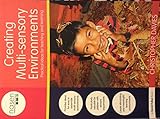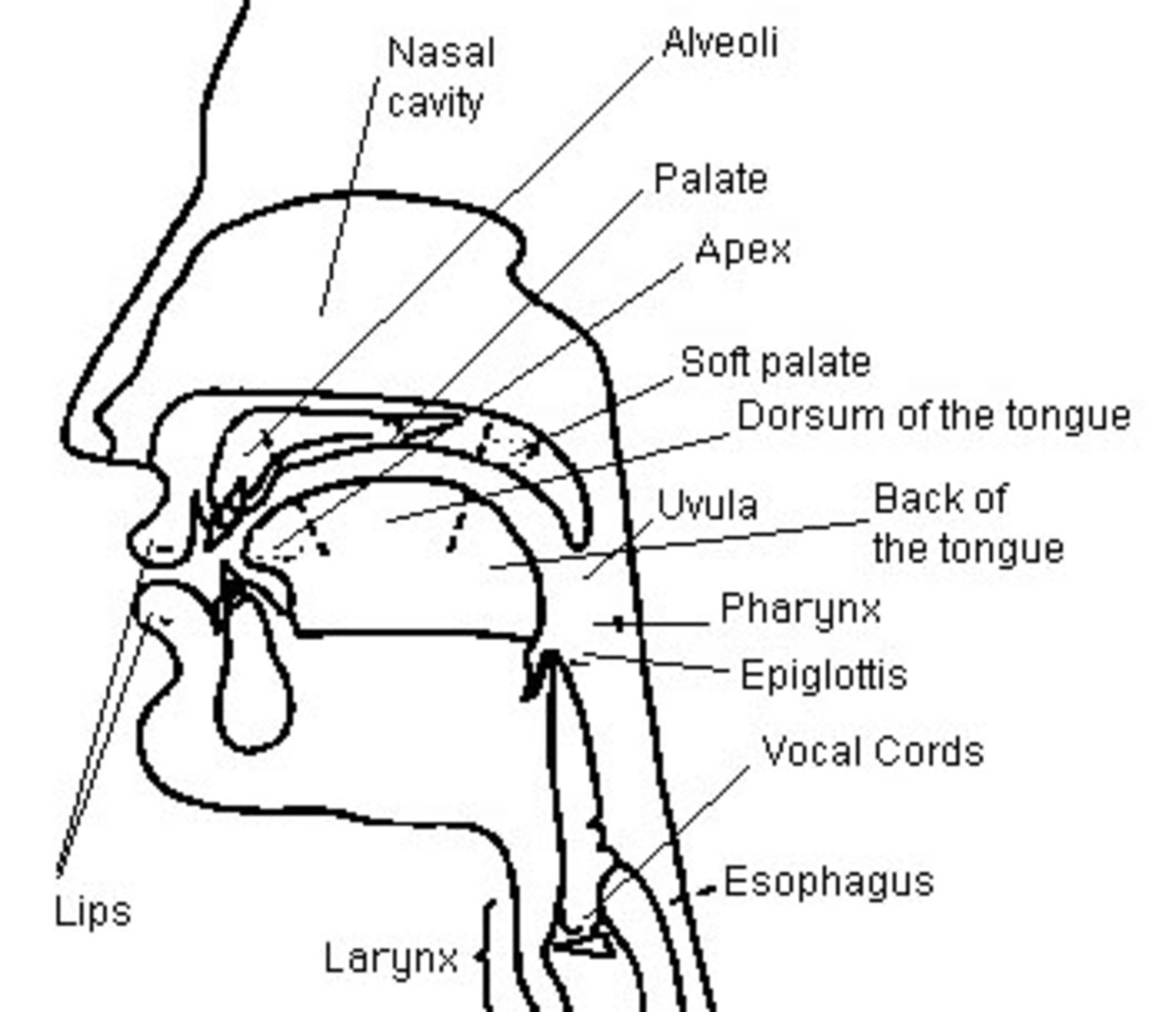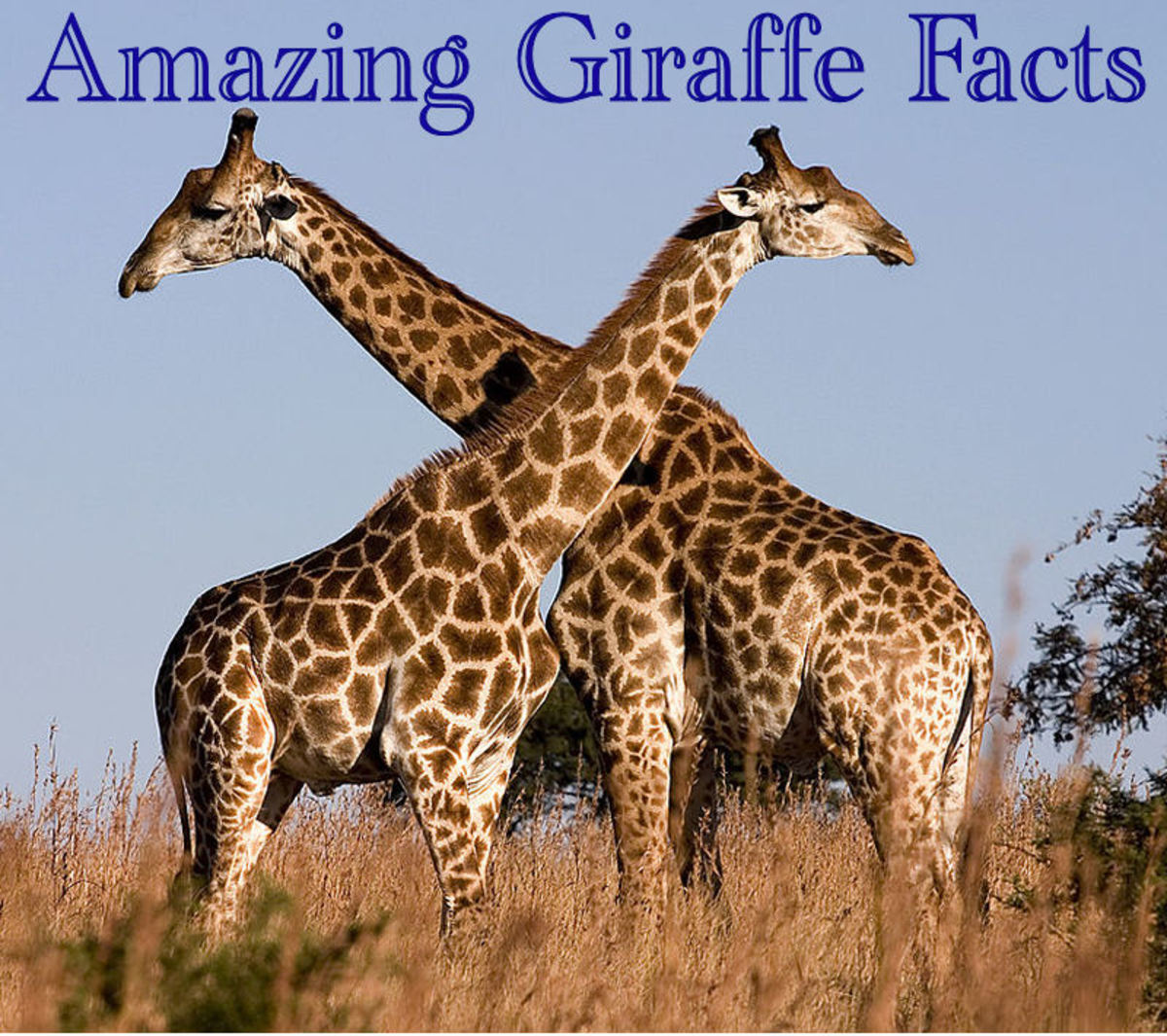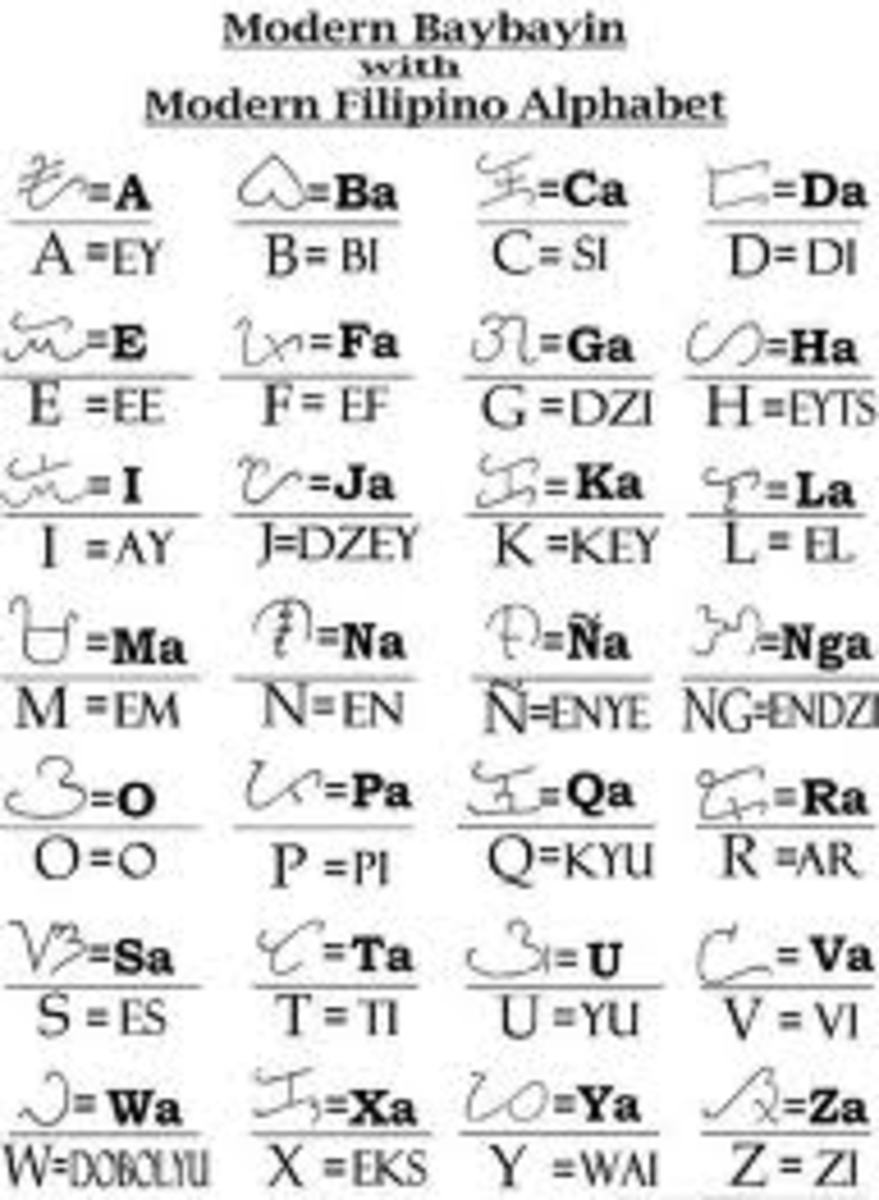Multisensory Learning


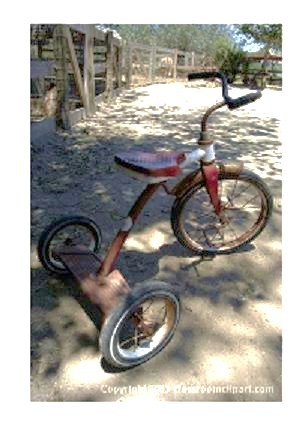
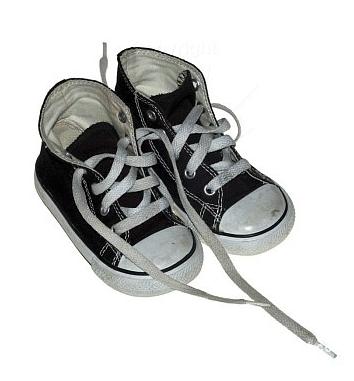
By Joan Whetzel
As humans, we learn through all 5 of our senses. Taking in the information from the surrounding environment, we process this new information and make connections with what we already know in order to derive some meaning and understanding from our sensory experiences. We also attach this new information to our memory and use it create new ideas and apply it our problem solving arsenal. But humans don't learn just through one sense at a time. Frequently we learn through multisensory learning, using two or more senses to obtain and save new information. We learn mainly through three of the senses: visual learning (through sight), auditory learning (through hearing), and kinesthetic / tactile learning (through movement, action and touch).
Multisensory Teaching
One study called the "Benefits of Stimulus Congruency for Multisensory Facilitation of Visual Learning" by Robyn S. Kim, Aaron R. Seitz and Ladan Shams found that people taught with both visual and auditory cues learned better than those taught using only one learning method. The study goes on to point out that most people use all three modes of learning when taking in new information.
All students learn differently, preferring one of the three leaning modes over the others, but still using the other two to some extent. Teachers will find their students picking up new instructional material more easily and more quickly when all three learning motivations are used in the presentation of the material. One reason museums make such excellent field trips is because they allow the students to see the exhibits (visual learning), to hear the presentations about the exhibit (auditory learning), and to interact with the exhibits by moving around them (kinesthetic learning) and either touching or manipulating the exhibits in some way (tactile learning).
Auditory Learners
Auditory learners acquire information most easily by listening. They respond best to verbal presentations such as lectures, text readers (computer, books being read), audio and multimedia aids in the classroom, podcasts, videos, films, music - both vocal and instrumental - anything spoken, rhyming, chanting, and language games. Sign language can be taught in a multisensory way for auditory learners by saying the words along with the signs. When deaf people are trying to communicate with hearing people, using sound to go along with the signs will also reinforce the learning of sign language for auditory learners.
Visual Learners
Visual learners have a preference for learning through sight, using such tools as written directions and information, pictures, movies, photos, diagrams, charts and the like. Any kind of reading material, art, or images enables these learners to see what the teacher is talking about. Visual learners can easily appreciate sign language because of the visual imagery used in this language.
Kinesthetic and Tactile Learners
Kinesthetic and tactile learners learn best through hands-on experiences. They love teaching aids like science lab work, manipulatives, props, field trips, art classes, playing instruments, puzzles, gardening dancing - any learning experience that has a corresponding activity. They also appreciate sign language because it requires that they use their hands to act out the words.
Children with learning disabilities learn more and better when multisensory teaching methods are used in the classroom. Children with learning disabilities are intelligent, they simply have trouble processing the information so that they can understand it, remember it, and use it later. The fusion of visual, auditory and kinesthetic or tactile learning allows all children the ability to take in the information being taught using all the senses. This ensures a better understanding and retention of the material.

